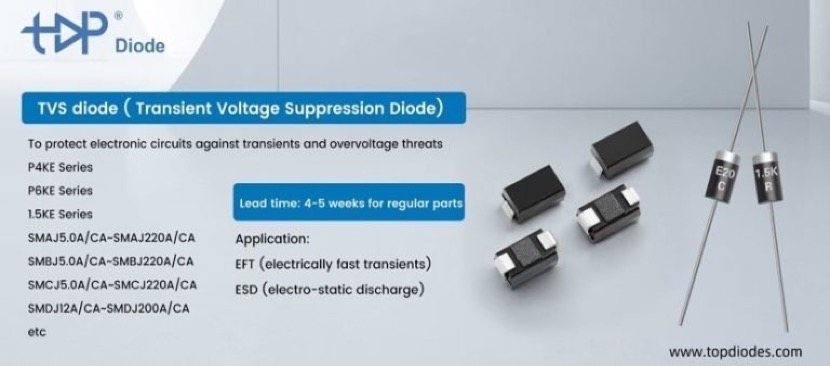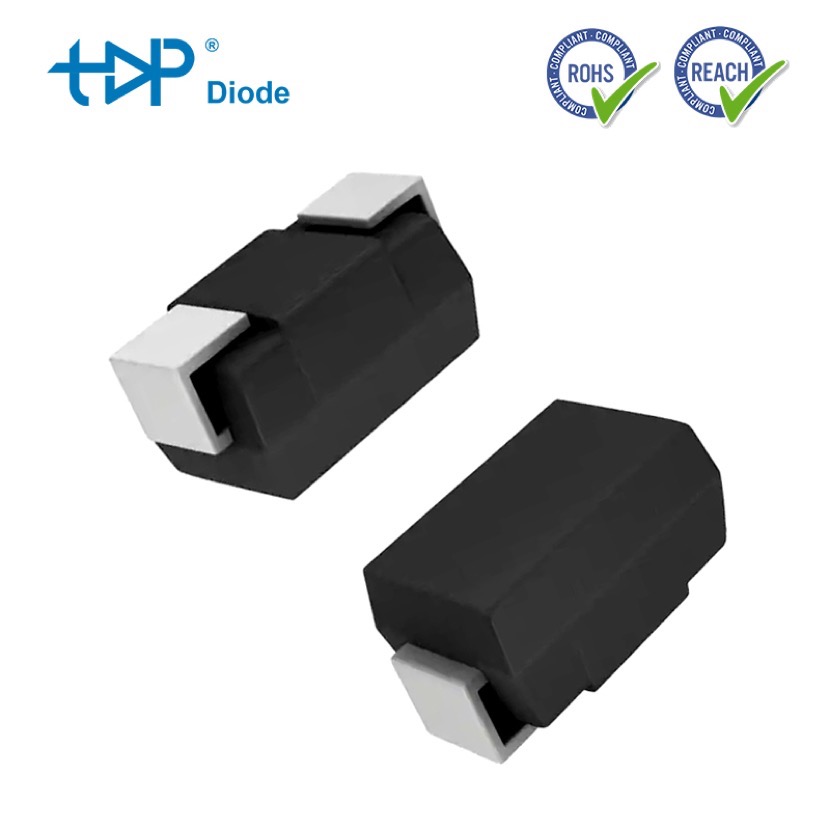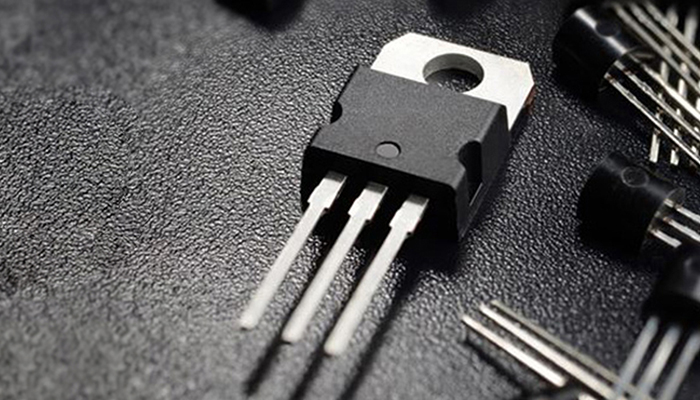In essence, how to choose a TVS diode depends on various key factors and differentiators. A TVS diode selection guide should be well-placed to help you ensure you choose the best component for your setup, but there are several core values you should keep in mind when choosing TVS diodes.

To help you get started, the following important attributes should always be considered:
- Configuration
- Clamping Voltage
- Peak pulse current
- Physical dimensions
As well as the above attributes, additional features you should take into account include:
- Breakdown Voltage – the Voltage rating where the diode provides protection and begins to conduct current away from the circuit to the ground
- Reverse stand-off Voltage – the operating Voltage that should not be exceeded
Lastly, the final factor to consider when choosing a TVS diode is the specific type of diode you want. The following section explores some of the key types in greater detail.
Types of TVS Diode
There are multiple different types of TVS diode, each with unique characteristics and suited to different applications and circuits.

Both through-hole and surface-mounted types are available. Additionally, these components can be either unidirectional or bidirectional, providing greater flexibility when it comes to choosing the type of TVS diode that is best for your setup.
Some of the main TVS diode types are explained in further detail below:
Zener Diode
Zener diodes are one of the more familiar TVS types. These components feature a reduced breakdown Voltage (zener Voltage) which enables them to conduct controlled breakdowns, keeping the current passing across the diode close to the zener Voltage. They can also be used to generate Voltage references and offer circuit protection against overvoltage and ESD events.
Zener diodes are ideal for high-frequency circuits and high-speed data lines. As they are limited to handling low energy, they are widely used for diverting and clamping in these types of circuits.
Automotive TVS
TVS diodes are used in the automotive industry to protect sensitive components and semiconductor devices from damage caused by transient spikes and discharges. They can be used in several different locations within vehicles to provide protection, including near the alternator and regulator (protects against high-energy events such as field decay or load dump), and electronic data buses (protects against ESD events), to name just a few examples.
Bidirectional Diode
Bidirectional diodes can operate at both positive and negative Voltages. This makes them more versatile than unidirectional diodes which only operate with either positive or negative Voltages rather than allowing both.
It is worth noting that other types of TVS diodes can also be bidirectional. For example, zener diodes are bidirectional, making them more adapted to coping with varying Voltages in circuits.
Clamping Voltage Diode
Clamping Voltage diodes are also standard diode types. This term is primarily used to refer to clamps which protect sensitive devices from transients and overvoltage.
Specialised clamping diodes can handle these high Voltages well, diverting the excess away and clamping the residual Voltage. Additionally, TVS clamping diodes can be used to protect particularly sensitive components and circuits, responding to transients much more quickly than alternatives to reduce the potential for damage.
ESD Diode
Not all diodes are ESD-sensitive, so choosing the right device is essential if you need to ensure ESD protection. ESD diodes should be placed on the trace, with the distance to ground as short as possible.
ESD protection diodes are designed to protect ICs from high-Voltage ESD events. They absorb abnormal Voltage to provide protection and prevent circuits from malfunctioning. If an ESD event occurs, the device breaks down and creates a low-impedance path to limit and divert the current flow to ground, protecting the circuit.
If you want to explore more component,
please visit our website:https://www.topdiodes.com
Or send inquiry to : Luna@topdiode.com



